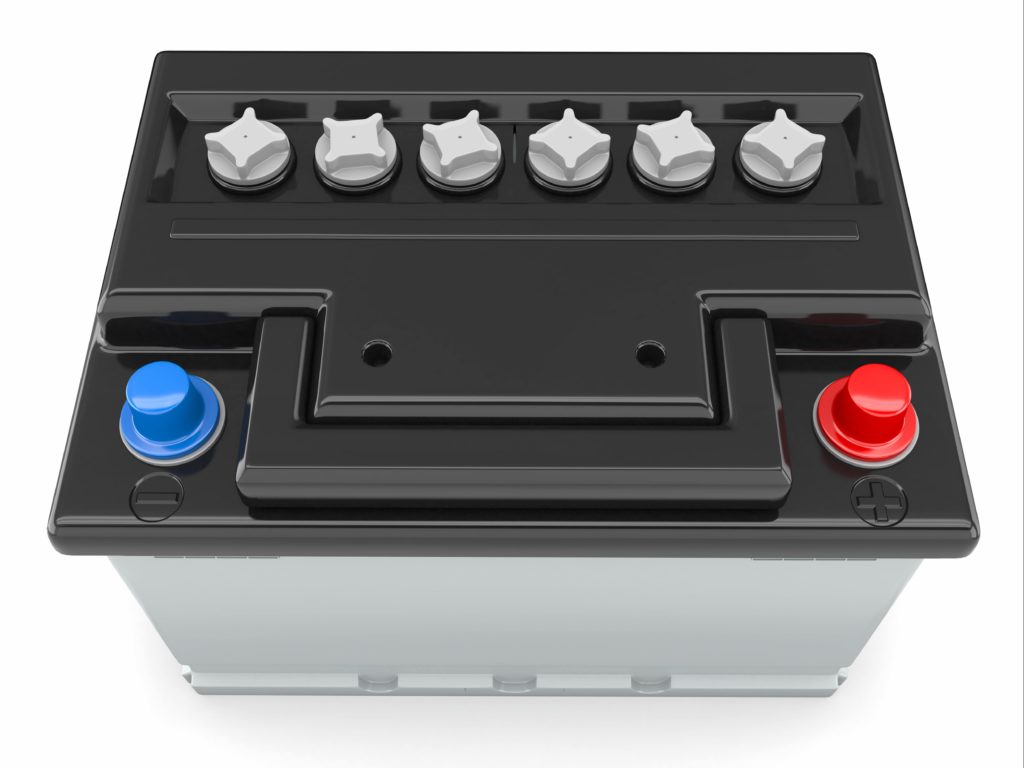The weight of a lead-acid battery is not necessarily an indicator of its quality or performance. While there is a general correlation between the weight of a battery and its capacity (larger batteries tend to be heavier due to the amount of lead and active material they contain), it’s essential to consider various factors when assessing the suitability of a lead-acid battery for a specific application.
- Capacity and Size:
- The weight of a lead-acid battery is closely related to its capacity. Larger batteries with higher capacities will typically be heavier. However, the specific energy density (energy stored per unit of weight) can vary between different battery designs and chemistries.
- Application Requirements:
- The best lead-acid battery for a particular application depends on the requirements of that application. Different lead-acid battery types, such as starter batteries, deep-cycle batteries, and standby batteries, are designed for specific purposes, and the optimal choice may not necessarily be the heaviest one.
- Portability:
- In some applications, portability may be a crucial factor. Heavier batteries might be impractical for certain uses, such as in portable power stations or recreational vehicles where weight is a significant consideration.
- Energy Density:
- Consider the energy density of the battery, which is the amount of energy stored per unit of volume or weight. Higher energy density batteries can provide more power for a given size or weight.
- Installation and Handling:
- Heavier batteries may be more challenging to install and handle. Consider the ease of installation, especially in applications where frequent maintenance or replacement is required.
- Space Constraints:
- In some applications, available space may be limited. Choosing a battery with an appropriate size and weight that fits within the designated space is crucial.
- Technology Advances:
- Advances in battery technology can lead to lighter batteries with improved performance. Consider newer technologies, such as absorbent glass mat (AGM) or gel batteries, which may offer better energy density and other advantages.
- Cycle Life and Performance:
- The overall performance of a lead-acid battery, including its cycle life and efficiency, is more important than its weight alone. Consider the battery’s ability to withstand charge and discharge cycles and its performance under specific conditions.
- Cost Considerations:
- The cost of a lead-acid battery may also be a factor. Heavier batteries might be more expensive due to the larger amount of materials used, but cost-effectiveness should be considered alongside other factors.
In summary, while the weight of a lead-acid battery can provide some information about its capacity, it’s crucial to consider various factors, including the application requirements, energy density, technology advancements, installation considerations, and overall performance. The goal is to select a battery that meets the specific needs of the intended application while balancing factors such as weight, size, and cost.


